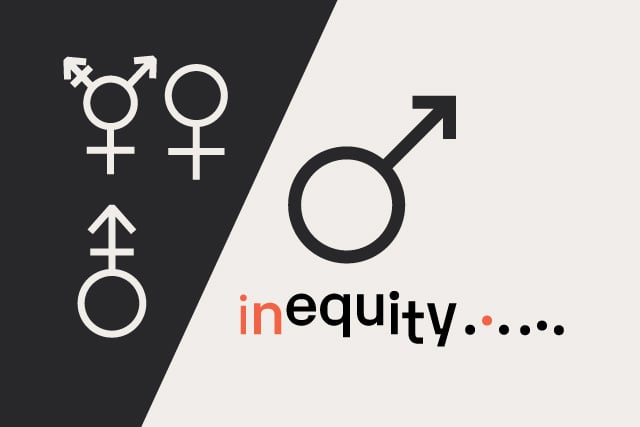Approaching Your Mobile Project
Dennis Kardys Head of Design & Development#Mobile, #Design Advice

Over the last few years we've helped a lot of organizations integrate
mobile into their web strategy. Most of the people we talk to realize
that they need a better way of serving content to their mobile audience,
but aren't sure about how to get there.
Over the last few years we've helped a lot of organizations integrate
mobile into their web strategy. Most of the people we talk to realize
that they need a better way of serving content to their mobile audience,
but aren't sure about how to get there. If you regularly browse the web
on your smartphone, you can probably attest to the utter chaos that
abounds. This lack of convention among mobile sites can make it really
challenging to figure out what tactics to take, or what type of solution
to model.
In general we’ve noticed some common scenarios emerging where our clients seem to struggle most. Perhaps this sounds familiar:
You've
been put in charge of managing your organization's much-needed Web
redesign project. The site has grown organically to the point where the
navigation structure no longer accommodates the diversity and wealth of
content your content authors are creating. Stylistically, the whole
thing needs a drastic makeover, and you're getting more than a few
complaints about the CMS's limitations. Oh yea, and of course you've
been informed, loud and clear, "WE NEED A MOBILE SITE!" How do you
possibly tackle all of that in one project, especially considering the
expectations the “higher-ups” have for the project's timeline and
budget? It's enough to give a person a nervous breakdown!
One
popular approach is to break the project down into smaller bite-sized
pieces—first redesign the main site, then tackle the mobile site. But by
dividing up desktop and mobile, you may actually be fostering a process
the undermines the user experience, drives cost up, and ends up taking
much longer—definitely not ideal! But considering the practical
constraints you need to work within, is there any alternative?
Fortunately,
yes! Techniques like responsive design and philosophies like mobile
first can help you develop a holistic and integrated Web strategy that
crosses channels and transcends devices. When people access your
website, they're going to access it on their own terms: from whatever
type of device, with whatever size screen, and for whatever purpose
happens to suit them. In fact, though we like to generalize about how
desktop users and mobile users have different needs, the reality is that
it's not so cut and dry.
What this means for you, is that there
is a lot more value in designing your website adaptively than it is to
try and target custom solutions for different devices. So before you
start breaking your project down into platform specific phases, or try
to patch on mobile-support as an "add-on", consider investigating
responsive design as a solution.
Related Posts

Establishing Equitable Management Practices
It's International Women's Day and Dennis Kardys shares some things we’ve done at Diagram to be mindful of bias and take steps to embrace diversity.
Don't Go Chasing Waterfalls: How Agile Makes Complex Web Projects Enjoyable
Learn how Agile methodologies streamline complex web projects, improving team collaboration and project outcomes for a more enjoyable development experience.
Results Matter.
We design creative digital solutions that grow your business, strengthen your brand and engage your audience. Our team blends creativity with insights, analytics and technology to deliver beauty, function, accessibility and most of all, ROI. Do you have a project you want to discuss?
Like what you read?
Subscribe to our blog "Diagram Views" for the latest trends in web design, inbound marketing and mobile strategy.
